24 quirky cultural tidbits about Japan from this Westerner’s perspective
After almost eleven years of travelling the world, I finally had the time to learn some Japanese and visit this unique country.
I had a whirlwind adventure over several weeks, and am right now in as opposite a culture as I can imagine, in Texas (to launch my book Fluent in 3 months when it gets published in just a few days!)
While here my girlfriend and I have had time to reflect on the many things that are different in Japan. After living in over two dozen countries and even absorbing some of their cultural habits, most of what I discuss here truly is unique to Japan (some may be true in neighbouring countries though).
Here are 24 things that come to mind when we reflect on going to Japan. Enjoy!
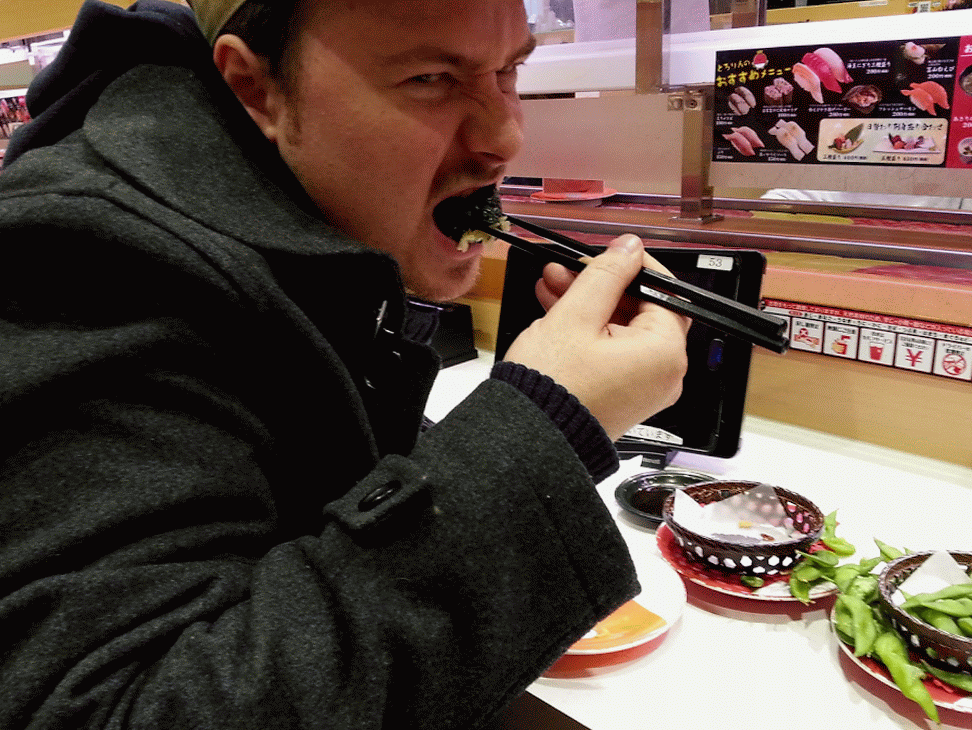
1. Cuteness overload
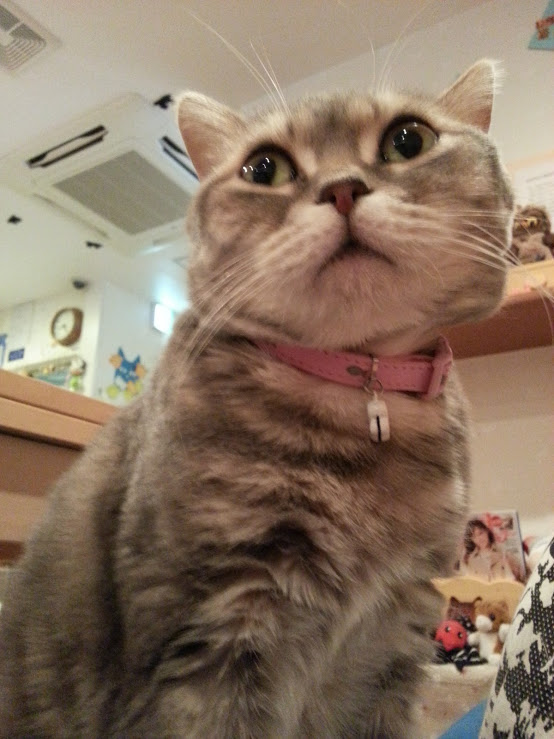
You know the way anime have characters with incredibly large eyes? I don't know how they do it (Genetic engineering? Mutants from another dimension? The anime characters somehow jumped out of the TV) but Japanese cats and dogs in real life tend to have bigger eyes than in the west.
It just makes them too adorable. You will be overcome with the urge to “awww!” if you walk by a pet store, much more so than in the west.
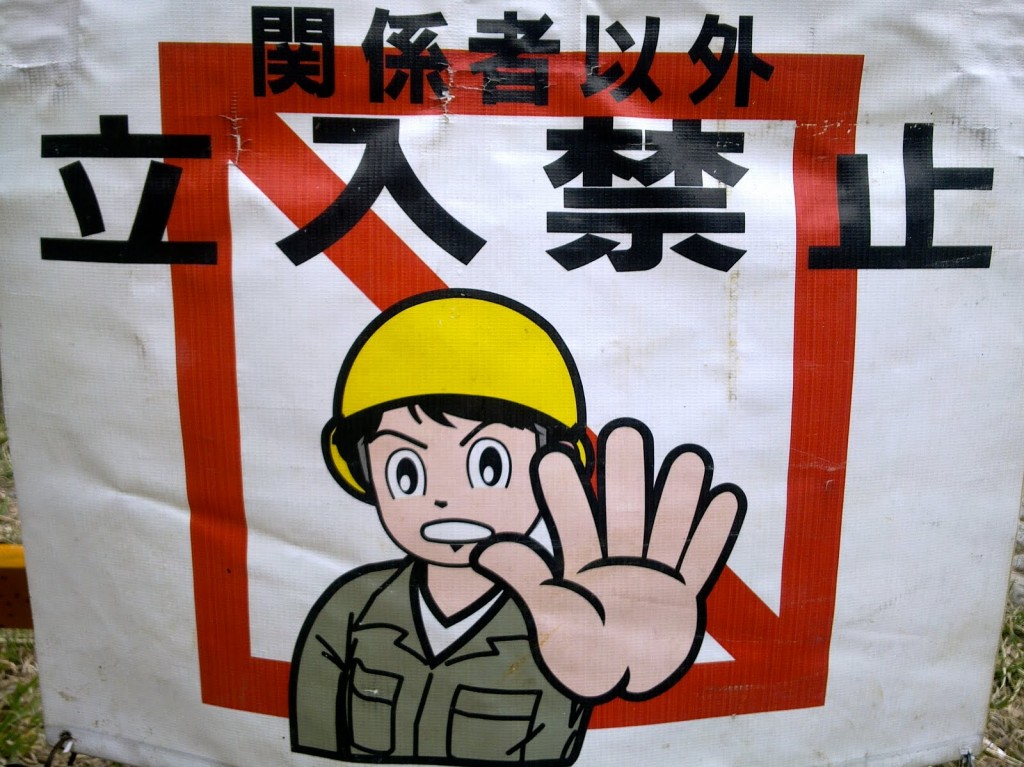
As well as this, signs on public transport to remind you to hold on to the standing support, and even serious signs on roads, often look a little too much like the style used in Manga comics, right down to the surprise dashes and single droplet of sweat on their forehead.
I felt like the construction site warning guy is about to yell Kamehameha.
2. Remote control heated toilets

Honestly, I’m spoiled now. The welcoming feeling of a warm, toasty seat during your private time makes going to the bathroom in Japan a surprisingly enjoyable experience. Now that I’ve left Japan, nothing but cold seats await me, and that’s just… a bummer.
I was expecting heated seats before arrival, but I didn't know that a complex control panel could let you adjust the heat based on your rear-quirements.
What surprised me though was that some places have the strangest extra “features” with their toilets, like:
- Detachable wireless remote controls – because we all know how often we like to control our toilet from a distance
- A button to make water flowing noises (without wasting any of the real thing), so that anyone around you can’t hear what you’re doing
- Bidet features for both men and women, including heat, pressure level, and position
- Automatic flush when you get up, so you don't have to pull that pesky lever
- And even a button to lift the seat up for you and then put it back down, with automatic flush for us guys. A wonderful combination of pointless and brilliant!
Then there were features that I just couldn't figure out, like external faucets on top of the toilet to fill it back up again – they looked like a mini-sink.
Who knew you could have so many buttons when in the west we just have a flushing option!
3. Heated other things
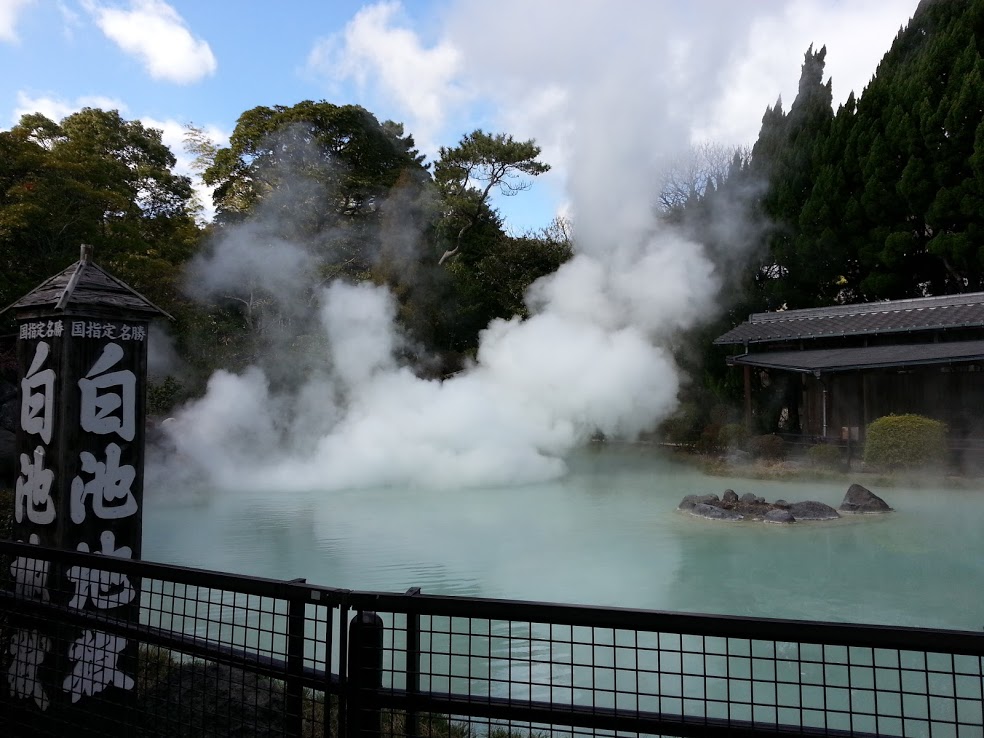
- Heated seats on trains (very nice touch in the winter!)
- Heaters next to tables in restaurants, and under tables with blankets to hold in the heat
- Shoe heaters for when it's wet and snowy
- Onsen, or hot springs to bathe in. (Single sex only though!)
4. Futuristic or weird technology

One of the first things you will see when you arrive in Japan, if you splash out and get a taxi (not advisable more than once for anyone on a budget…), is that the driver presses a button and you feel like you have your very own ghostly butler to welcome you to your ride as the door magically opens and the boot/trunk opens very wide for your luggage. Both automatically.
Other than that though, unexpected electrical gizmos included:
- Moving robots in the shape of people, directing traffic
- Talking thermostats when you change the water temperature
And there was even a talking electricity panel! When I was in Valencia (Spain) before this trip, there were a couple of times when we might use the oven and the microwave at once and the power of the entire apartment went off instantly, since we were over our limits. In our place in Tokyo though, when we were using too many electric devices, the apartment told us to go easy on them! A voice from above was watching over us…
The funniest though was when we went to eat sushi in a sushi-go-round with no need for human interaction. We ordered extra food from a digital display in front of us, and until we had to pay we had ordered lots of food not on the sushi-go-round. It arrived in style too! It came directly from the kitchen on a mini “Shinkansen” train!
5. Extremely hygienic
- Wet naps/moist towels provided in every restaurant, and even in arcades when you would touch controls, to wash your hands easily
- In one place we found that there was a special mouthwash fountain, beside the water fountain, so that you could keep your breath fresh and minty.
- Across the entire country, people wear facemasks to keep germs at bay
- But as well as the above, I couldn't decide if taxi drivers looked like they were ready for surgery, or if they were like Bugs Bunny with their white gloves.
- Most places have a special tray for you to put your money in and receive it from, so that you don't have to hand it to anyone who could get your germs.
6. Bowing wars and other respectful customs
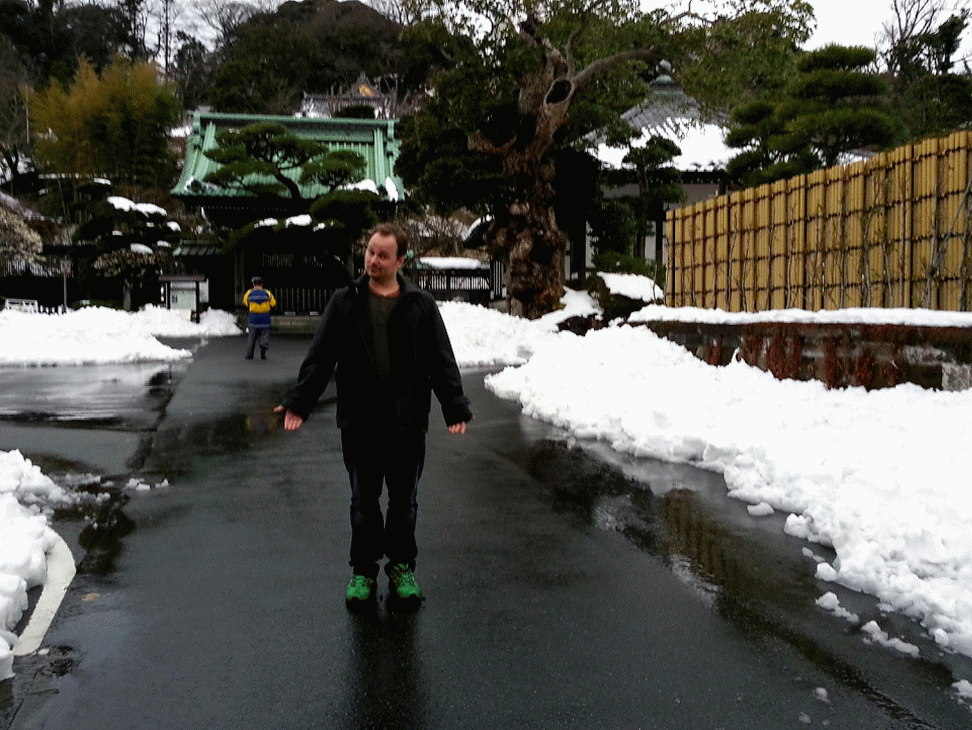
I never did get the hang of how bowing works in Japan – I would bow back if someone bowed to me, but then they'd bow to me again. Apparently, a person of lesser status should bow longer/deeper.
As such, you can have “bowing wars” where you fight for your right to be the lower status person, and come out with more “respect”, and keep on bowing until the bitter end. Once I was prevented from getting into an aisle in a 7-11 because a bowing war was going on so long there from a group of people in front of me, with everyone refusing to give in.
As well as this, particular etiquette needs to be shown for things we think less of in the west. Chopsticks need to be placed very precisely in the rice bowl, and your shoes must be taken off before you enter most establishments (probably a good addition to the hygiene point above), with special parts of the house just for taking off shoes.
We got so used to this custom that it felt strange to enter a house with shoes on when we got into America…
7. Punctuality: Run or you'll be crushed by steel doors
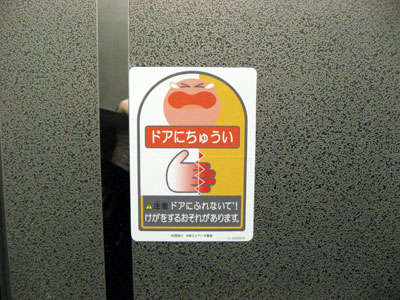
One of the first shocks we got when we arrived in Japan, jetlagged and ready for bed, was that the elevator tried to eat me alive. It had given me an entire three seconds to enter it, and thought that I was such a slow poke that it would close in on me. When even toilets have sensors to see if you have gotten up or not, I'm surprised lifts don't!
In the west, you can usually get on an elevator at your own pace, but in Japan if you don't have someone holding the door-open button, get ready to be crushed by steel if you don't run in.
And run people do! They run everywhere. All over the country, we'd see people running past us (not for sport; they'd be in suits or suit dresses) probably 47 entire seconds late for their meeting. Apart from the relaxed island of Okinawa, I felt that time was running out as people ran past me, and this probably explains why elevators demanded that I charge into them post-haste!
It just goes to show how punctual Japan is! When I was getting Japanese lessons via Skype in Spain, famous for its mañana attitude that I've gladly adopted, I would get messages one minute after the class was due to begin, wandering if everything was OK, with instructions for how we'll be rescheduling today's class.
The best of their punctuality is the trains though. I was amazed that it seemed like you had about twenty seconds to get on, before the train slammed shut and zoomed out of its station already. Don't dilly daddle when it's time to get on!
8. Lack of space

The space-time continuum really has its work cut out in Japan. As well as running out of time, people also get to run out of space.
In a relatively small country that's 73% covered by mountains, and yet has a population of 127 million people, space is really an issue! So you have to squeeze as much as you can into as little space as possible.
You have drive-on conveyer belt car parks, one single faucet in a bathroom that works as both the sink and the shower through lever switches, that sink would of course be puny, a single spork for us westerners to save on silverware space, and always smaller living space (for premium prices).
I actually hit my head really bad when trying to leave a building once since I was well over the door's limit – reminding me as I nursed a pounding headache that at least the Japanese are a little shorter so that the lack of space doesn't feel as bad to them. I'm not even tall, and my feet were almost always hanging off my beds…
9. Certain things very convenient!
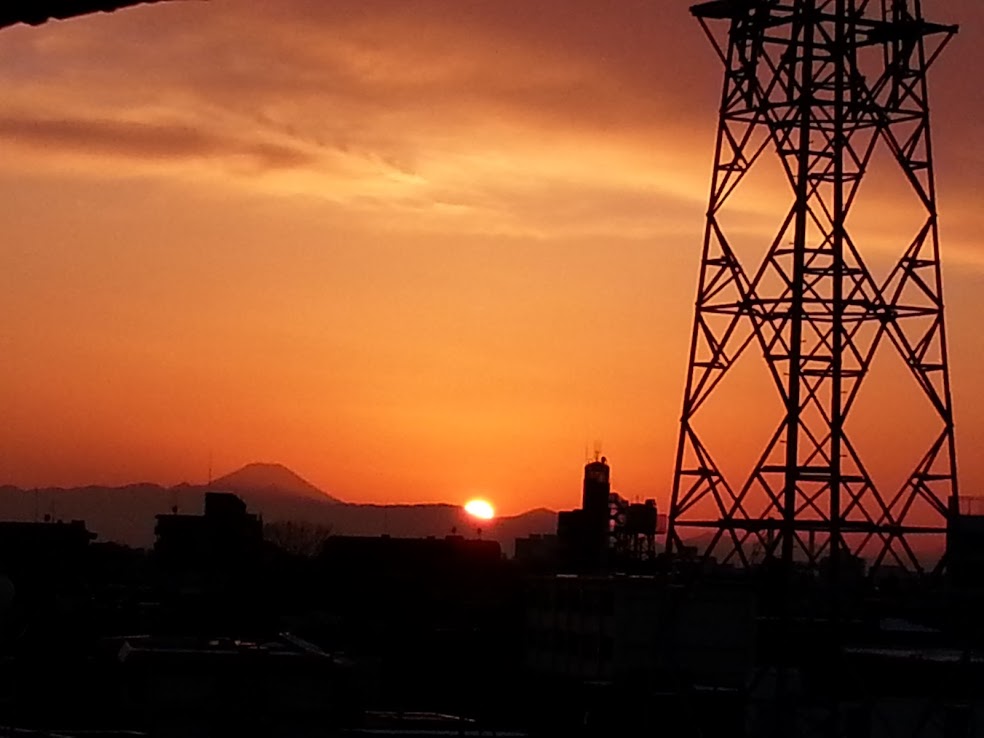
- Since we travel with everything we own, we figured that trains may make it hard to bring a decently sized suitcase on board, so we shipped it on to wait for us in Tokyo after our trip, and it was just $15 per 23kg/50lb suitcase for the service! Nice to have something in Japan that wasn't incredibly expensive… (though the visit is totally worth the cost!)
- When we sat down in some restaurants, they provided a special basket for us to store handbags and coats/scarves if they couldn't be hung up.
- Umbrella stands everywhere
- USB charger stations in unlikely places like the back seat of taxis
- One place had a very clever de-steamer built into the mirror; it was nice to be able to shave immediately after a hot shower even with all the doors closed. Not sure what technology is used there, but we need it everywhere in the world.
- Trains had a special slot in the back of the seat in front of you to hold your ticket. Pretty clever for quick access when the conductor came!
10. No trash cans… anywhere
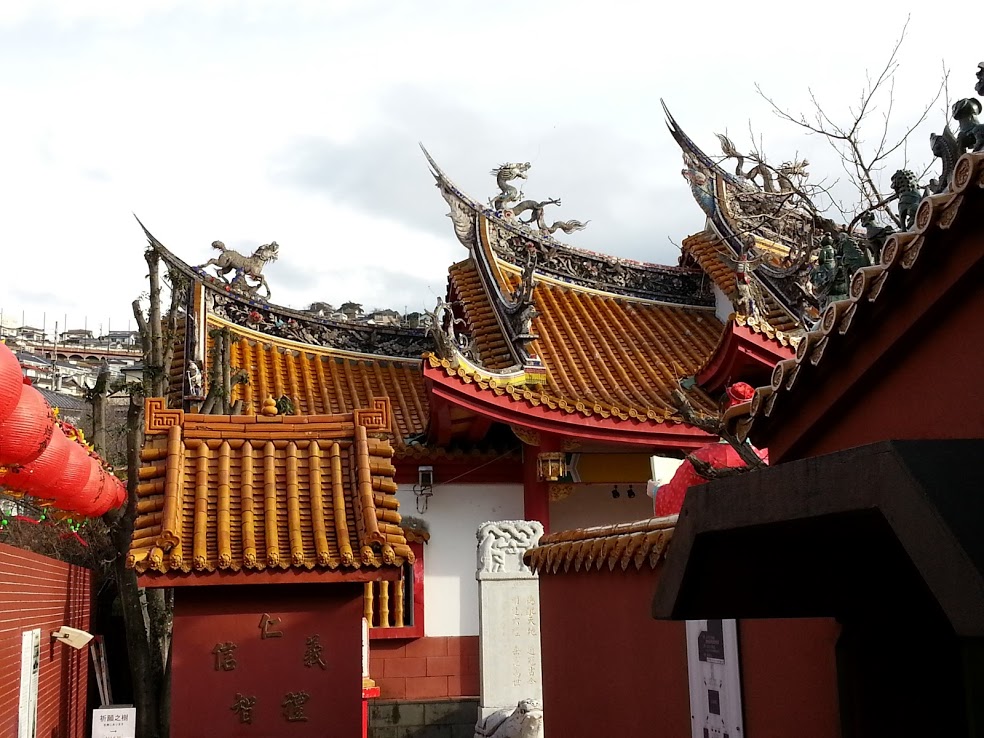
Something that was certainly not convenient though was the complete and utter lack of trash cans. If you bought something in a 7-11 and walked a few blocks and decided to dump its packaging, you'd have a long search for anywhere to put it. Out in the streets, we'd see nothing for miles, and then the tiniest of receptors when we did.
And yet, it was indeed one of the cleanest countries in the world. People just carry their trash around with them! Recycling is a very complicated process and most buildings we stayed in had an array of options of how to dispose of things. Getting rid of rubbish was always such a mess!
11. Incredibly expensive

I was warned about this, and while it is possible to save money in Japan if you are a visitor there it's really hard. Most foreigners I met who were not spending so much money had arranged for long-term contracts on accommodation. Passers-by had to deal with a tourist industry that is simply not that prepared for a western budget mindset.
Despite this, I did get not too expensive accommodation through sites like agoda, and eating at street vendors or basic restaurants wasn't that bad, although not an option for me nearly all the time as a vegetarian (which makes life cheaper in the west, but way more expensive in Japan).
Travelling Japan cheap is possible, but you need to do a lot of research to save money.
For instance, I almost always get some data on my mobile phone to let me work, use Google maps and instagram photos when I'm out. The absolute cheapest option I could find in Japan was almost $40 for just two weeks of 2GB limited Internet. And that was without having an actual phone number to text and call with!
I met someone who had actually gone for the several hundred dollar option (per month) of having a portable 4G wifi router with no data cap – which it turns out is a lot of people's only source of Internet, since it isn't installed in many buildings.
And the taxis! Yikes!! I was in a hurry once (very Japanese of me…), and saw that getting the metro would have taken too long, so I got a 10 minute taxi ride a not-so-long distance and was so frustrated to see it cost me almost $40 for that single trip. And when my week-long JRail had expired, that $40 was the same price per person to get from downtown Tokyo to the airport on the train. I don't even want to know how much a taxi to the airport would have cost…
12.Kanji galore
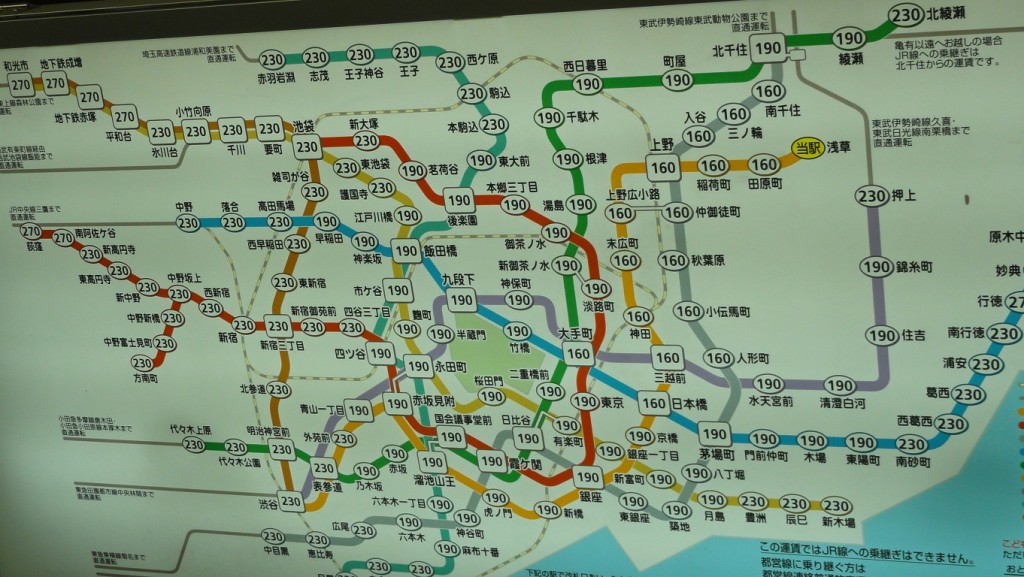
I was in Japan, so I certainly expected to see lots of Kanji, but I was surprised that in Tokyo (which I expected to be more tourist friendly) there was no romanization of station names on maps that you needed to refer to for the price.
Each time we wanted to get from one point of Tokyo to another, it involved looking at a mess of maps of various strata of subway, and then scouring for the Kanji of the destination station. Luckily a lot of the placename characters are used in Chinese too, so my small amount of Chinese Hanzi that I was confident of came in really handy.
But of all places, I was surprised Tokyo was the one that required the most Kanji of a tourist. In the rest of Japan (including Kyoto's public transport) I could find the Roumaji almost always. Signs that I needed to read would have a romanized Japanese to help me figure out other aspects of travel, and Kanji was only really an issue when we wanted to buy food (in which case the hack I got that worked surprisingly well was to combine reading the Kana, with using the Pleco app actually designed for Chinese on the Kanji). I was living an almost Kanji-free existence for several weeks in Japan until I got to Tokyo!
For the record, I still maintain that those learning Japanese should learn it Kanji-free until they are a confident speaker. Then it becomes a way more manageable task. Now I'll add that you should go to Kyoto to ease yourself in 😛 Kanji-lovers and those of you with a “read before you speak” language learning philosophy, go straight to Tokyo!
13. So many people!!
Remember what I said about squeezing people into tight spaces? You start to get used to people just being everywhere, especially in the bigger cities.
Getting a metro even outside of rush hour was a chaotic wave of human pushing past us. You can get an idea of how busy it can get in this video of the famous intersection (Shibuya):
14. Unique “cafés”
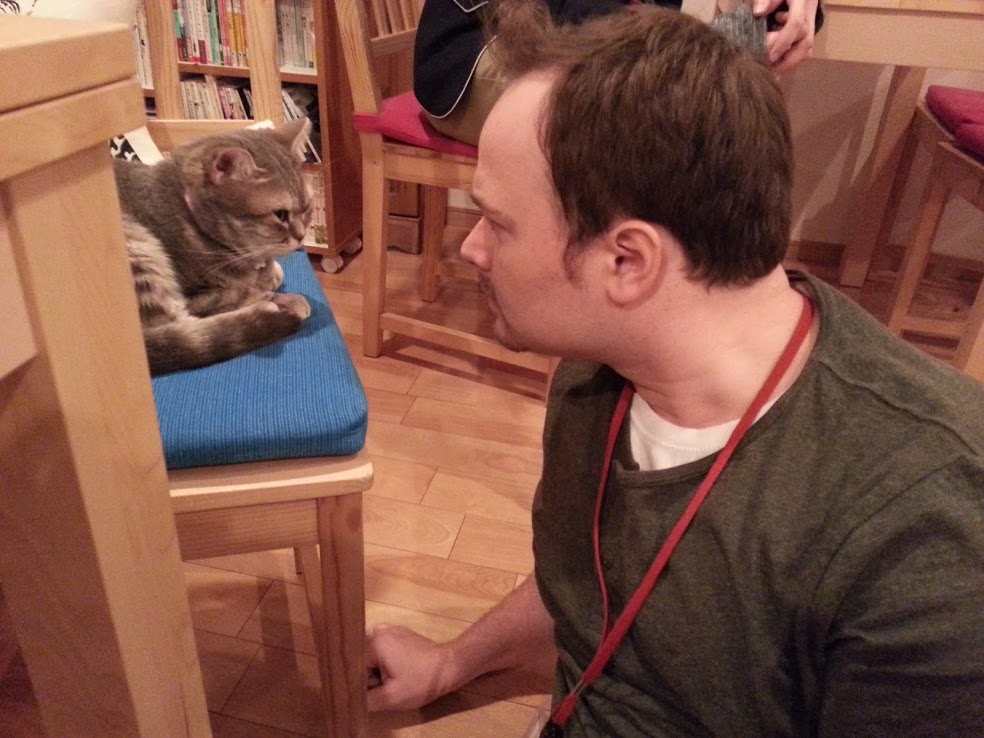
Tokyo had a host of very strange cafés where you get to hang out with everything including owls. I was around Shibuya and saw the weird sign 猫カフェ in neon lights, and had to see what was inside.
I didn't find the residents of the “cat café” nearly as cuddly as you would think. They are so jaded with humans giving them attention that they pretty much ignore you! Next time, I'll stick to the plan of going to crazy cat ladies' houses when I want to see so many felines roaming around indoors.
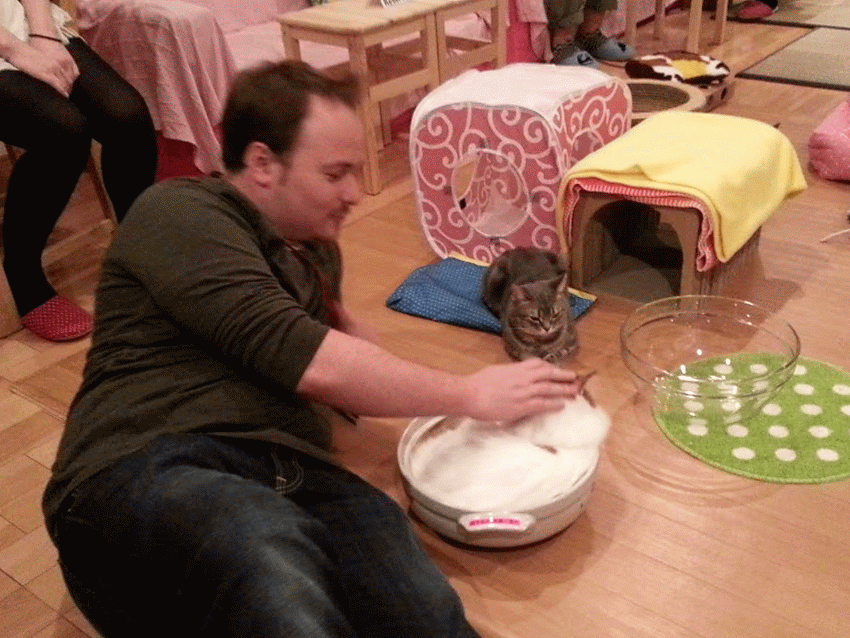
15. Pachinko
Pachinko is everywhere. I went into one of these casino-like smoky venues and blew 1,000 yen (about $10) doing something that looks like pinball, with a thousand balls being spat out at a time. You hold a lever that shoots the balls at the distance you control, and try to get them into a particular place. And then you win… or you lose… or lights shine and bells ring.
I probably should have read the rules somewhere before gambling away a grand!
16. Japanese style living quarters
While plenty of hotels do tend to lean towards western style, we managed to stay in more traditional Japanese style places with sliding doors (makes you wonder if you've missed a hidden room!) and kneeling tables.
The most confusing part was when we arrived in one and couldn't find the bed anywhere, until we realized that there was no actual bed, but a fold out thick blanket for the floor stored on a shelf. This way you can take better advantage of more limited space and have a living room or dining room that converts into a bedroom in an instant.
17. Familiar things that are different in Japan

- Taxi lights are red if the taxi is available, and green if taken (?)
- Theme songs in stores are repeated over and over again, even if the audio is only 2 minutes long. “Yamada Denki”‘s theme will be stuck in my brain forever.
- If you are a couple travelling, you will have to work hard to get a double bed, since single beds in bigger rooms are the norm. Either couples sleep separately, or most travellers are business men… either way pulling single beds together was part of the routine when we arrived in many places
- The GPS in our car rental was a little too considerate: “You have been driving for two hours. You might consider taking a break.”
- The funniest one though, was when we arrived in one apartment we rented and the owner buzzed to meet us. I went to the intercom, and pressed the big red button to let him in. I really should have read the emergency Kanji on it though, since the alarm sounded and the police were called! Apparently the “danger, I'm being stabbed to death!!!” button is right on the intercom device. Luckily the owner stopped it before we had a second run in with Japanese police!
18. When visiting Japan, there is a total sense of safety
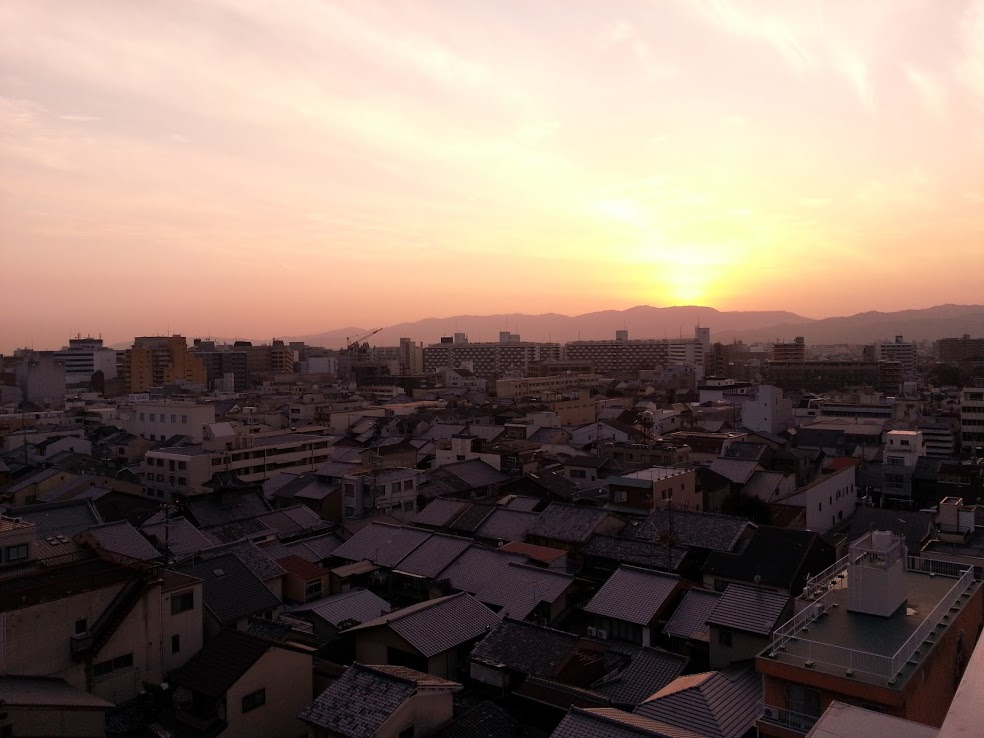
One thing that I have never seen anywhere else is that people in restaurants leave their wallets and expensive smartphones on the table when they go to the bathroom. And they would go together, so nobody in the party would be there to guard them and their money and expensive electronics would be out in the open unguarded.
I've never come across such great confidence in strangers!
19. Single Japanese coins that are worth five dollars
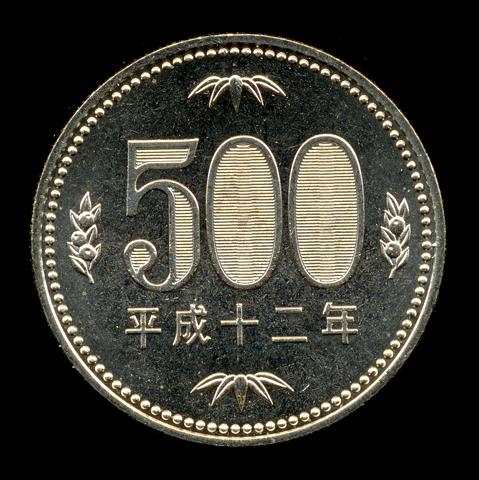
Japanese coinage goes up to 500 yen (about $5) and notes begin at 1,000 yen (about $10). After a few weeks in Japan and mostly using notes, I realized that I had about $50 in the small coin section of my wallet. Cha-ching!
Oh and don't forget that “yen” is actually pronounced “en” in Japanese.
20. Fish fetish
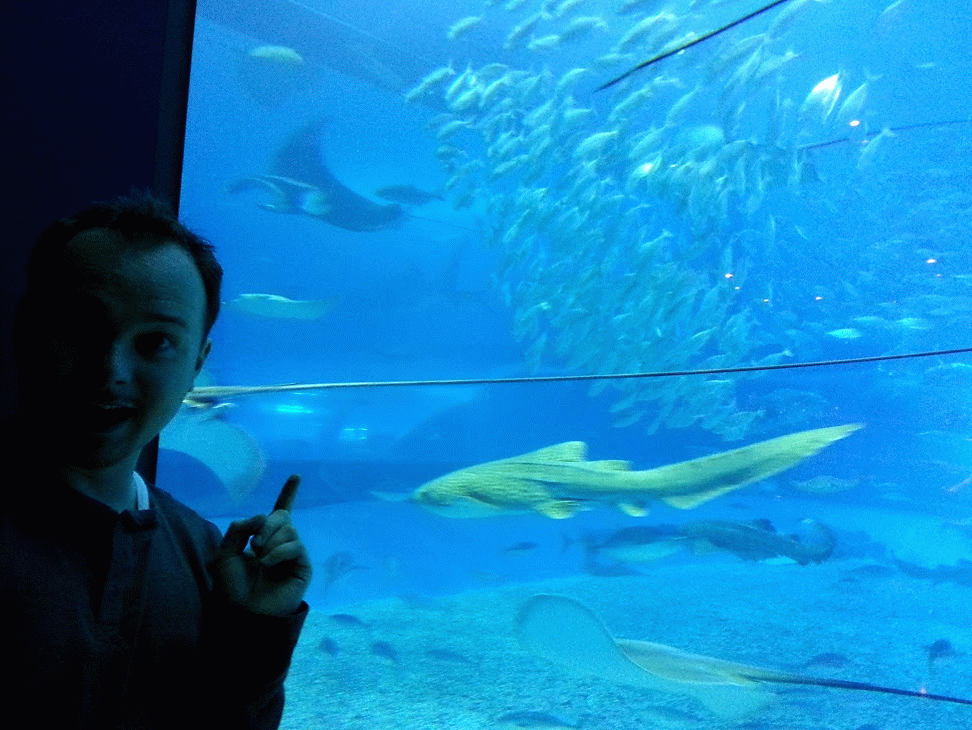
Travelling as a vegetarian in Japan is HARD. We cooked at home as often as we could, because explaining that I want something with no fish in it was a concept that apparently requires a PhD in Japanese, since “I don't eat fish. Please don't give me fish. For the love of god, just do what you normally do, but don't add the fish” just doesn't cut it. Usually the reply was more of a confused “… but then it wouldn't be delicious!” rather than trying to work with me.
They sprinkle fish on their fish, and serve them with fish on the side.
Once I ordered broccoli. Just broccoli. That's all it said on the menu. A nice little side-dish to keep me going. Well, it's not really broccoli unless it's covered in Katsuobushi, of course.
It's not impossible to travel as a vegetarian in Japan, but you feel a huge sense of achievement when you finally get a meal that didn't swim its way onto your plate. When you do eat there though, then I have to say that Japanese food is delicious. Even how they cook western food was stunning.
21. Baseball
Apparently the biggest sport in Japan… is Baseball! I met people who worked at baseball stadiums, saw teams walking to practice with their socks pulled up over their trousers and with the signature caps.
Its popularity even knocks sumo wrestling out of the park! Who would have thunk it?
22. Reading Japanese maps? Not for the faint of heart
I have a really good sense of direction from travelling so much, and it's a good thing! Almost every time I consulted a map printed in a metro station (in Tokyo! Not elsewhere) I'd soon be groaning in frustration, and wondering if I was going to die in that station.
Local station maps don't seem to be printed north-south for up to down, and are displayed in the orientation that the guy who hung them up felt like at the time.
And if you can figure out the orientation, then apart from major avenues, you have the nightmare of the Japanese block (not street) naming convention. Don't get me started!
Every time I was cursing how different it was, I swore to myself I'd go spend a few hours figuring it out with online research, eventually find where I wanted by asking people or seeing if Google maps had it, and then forget that anywhere else on earth would dare use anything but street names, and repeat the process all over again next time.
23. Japanglish
My Japanese definitely isn't wonderful. After two months, I reached a stage of being able to have basic conversations and then I got too busy with book preparations (yep, it takes a lot of work to launch a published book – it'll be worth it, you'll see 😉 ). My level went down a bit in that time and I was disappointed to have less than what I wanted, but I still had what I needed to get around, and was glad of it.
Very few people spoke English, and when those even in touristy places approached me or welcomed me anywhere, despite my very white Irish face, they would spring into Japanese immediately (which I read as a promising sign that other whities in Japan are doing pretty good with their Japanese projects!)
I got great practice, and was especially pleased that in Japan you can indeed rely on English loan words through Kana, as long as you pronounce them in a Japanese way.
If the option was there, I would select English or take the English menu whenever possible. The resulting “Engrish” was very strange whenever I did that. A couple of times I had to push aside the English and refer back to the Japanese to understand something better, and signs would VERY often tickle your linguistic funny bone.
Since we did a lot of driving around Japan, my favourite was our GPS, which (shit as it was – it got us lost several times; so much for me adding “Japanese phone numbers as excellent GPS locator replacements” to this list) would translate “Coming up” or “Just ahead” as “Shortly after”. So we'd be driving for 20 minutes and suddenly I'd hear “Shortly after, turn left!” thinking that I missed a bit before. And robo-GPS-lady would constantly tell me to “Be careful…”, and I thought it had a puppy-in-the-road detection system, and it would continue “… road merges ahead”.
24. Enthusiastic welcomes and very friendly people

In Japan, you are greeted with the same enthusiasm when you enter many stores, as the person in this photo is giving you – no I mean the white guy. Everywhere you would get a Mexican wave of every worker in the Family Mart enthusiastically yell;
IRASSHAIMASE!!!!!!!!!!!!! [いらっしゃいませ!Welcome to the store]
And the moment you glance at anything in a market the vendor will strike up conversations with you. Great if you want to practise some Japanese!
Ultimately, while the quirks of Japanese technology, cats, toilets, food and hygiene made the experience more than unique enough, the reason I went in the first place, and what defines my travels is the people I meet along the way.
The Japanese are very friendly, and incredibly welcoming and I was so pleased to confirm this for myself! It's a very different world, and a country that I highly recommend many of you try to visit yourselves some day. When I think back on my time in Japan, I'll remember the friendly welcomes, warm smiles and incredible hospitality more than anything else.
If I've forgotten any of the most curious parts of the country, do let me know in the comments below! And don't forget to share this article with any Japanophiles out there!


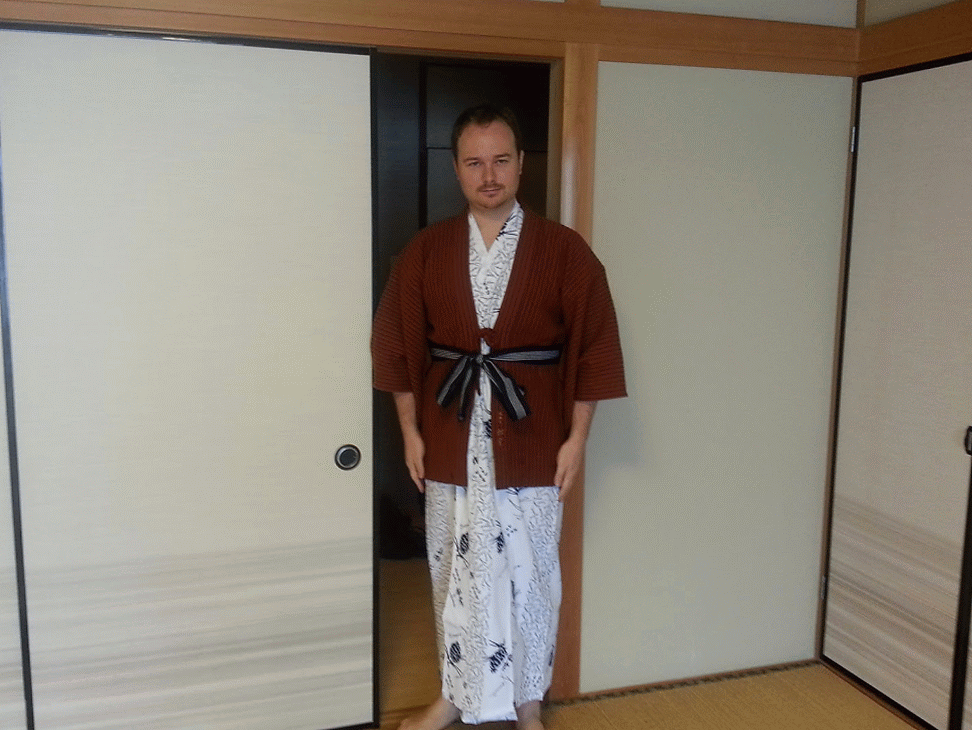

Social